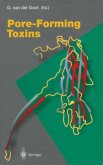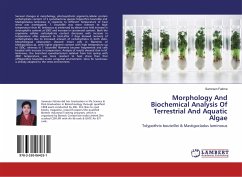Cyanobacterial blooms are potential health hazards in water supply reservoirs. Cyanobacteria are indicators of increasing eutrophication of water sources. Toxic bloom forming Cyanobacteria produce cyanotoxins, which can be hepatotoxic, neurotoxic, dermatotoxic or cytotoxic in nature. Many factors trigger bloom formation, severely affecting the aquatic flora and fauna and also posing health risks to animals and humans, who consume the water. Detecting toxicity in Cyanobacteria is a challenging tasks as Conventional methods are not suitable. Molecular investigation of toxicity seems to be a promising option. This book describes the features of bloom forming cyanobacteria- nature of cyanobacteria, factors affecting bloom formation, adverse effects of blooms, cyanotoxins and their impact, genes imparting toxicity and the role of metals on the metabolism and physiology.
Bitte wählen Sie Ihr Anliegen aus.
Rechnungen
Retourenschein anfordern
Bestellstatus
Storno








